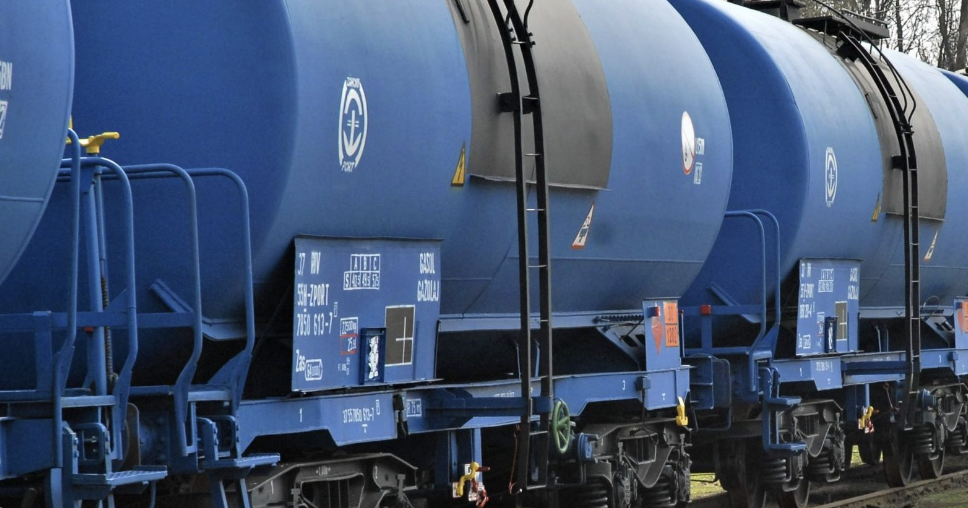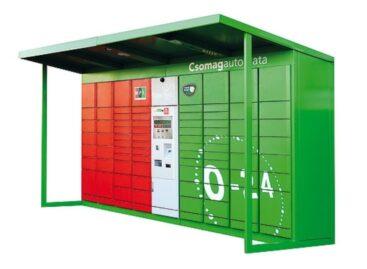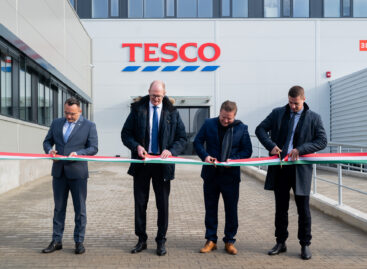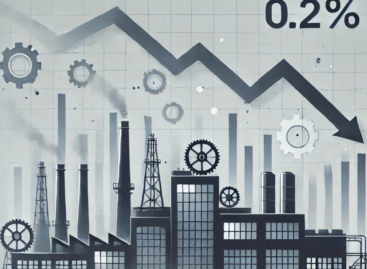The development of the dangerous goods transport segment by rail may be one of the keys to achieving the 2030 climate goals
Entrepreneurial railway companies have found themselves in a difficult situation due to the drastic increase in traction electricity prices. With the additional costs of HUF 24 billion planned for this year, rail freight is slowly priced out of the freight market.

They are not working to significantly increase their performance, they are fighting to stay alive
Despite the government’s promises, the state’s involvement in order to reduce the burden has not yet reached the sector. For this reason, all factors hindering competitiveness must be explored and eliminated, first of all in the key segments where the railway can be competitive. In order to achieve the goals, the Hungarian Mineral Oil Association cooperates with the HUNGRAIL Hungarian Railway Association, as the railway is a strategically important link in the oil industry, since 30% of their import shipments arrive by rail, thus significantly contributing to the maintenance of our country’s energy security.
The objective of the Sustainable and Intelligent Mobility Strategy is to divert 30% of road freight transport to rail or other environmentally friendly modes of transport by 2030. In Hungary, 50 million tons of goods are currently transported by rail annually, of which 6 million tons are dangerous goods, and an additional 20 million tons of goods are expected to be transported by rail until 2030. In order to fulfill the commitment, the performance of rail freight transport must be significantly improved, and within this, the efficiency of the transport of dangerous goods must be increased.
Related news
Price increase at Magyar Posta: this is how much the most common postal services will cost in 2025
Magyar Posta’s goal remains to provide its services efficiently and…
Read more >Energy efficiency investments and climate protection measures are becoming impossible
Further amendments are needed to the energy efficiency law before…
Read more >Tesco’s new 100,000 square meter logistics center in Hungary has been opened
On November 27, CTP Hungary ceremoniously handed over Tesco Global…
Read more >Related news
Recognition of Consumer Protection Excellence: Honoring the Best of 2024
This year’s outstanding consumer protection officers and special award recipients…
Read more >The Joy of Giving! – SPAR stores collect non-perishable food for people in need
The Hungarian Maltese Charity Service and SPAR Hungary have launched…
Read more >KSH: industrial production decreased by 0.2 percent in October
In October, the volume of industrial production fell by 0.2…
Read more >








